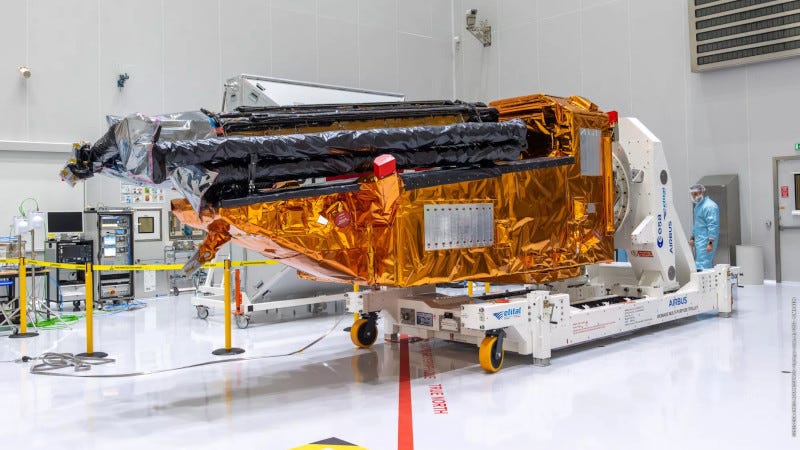ESA’s Biomass Satellite Slated for April 29 Launch
Arianespace will Boost the Spacecraft into Orbit with Vega C Rocket
The ESA Earth Explorer Biomass satellite is slated for launch from Europe’s Spaceport in French Guiana on April 29. The mission called “VV26”, will place its passenger on board an Arianespace Vega C launcher, into Sun-Synchronous Orbit at an altitude of around 414 miles. Spacecraft separation will occur 57 minutes after lift-off.
ESA’s Earth Explorers sa…
Keep reading with a 7-day free trial
Subscribe to The Journal of Space Commerce to keep reading this post and get 7 days of free access to the full post archives.



